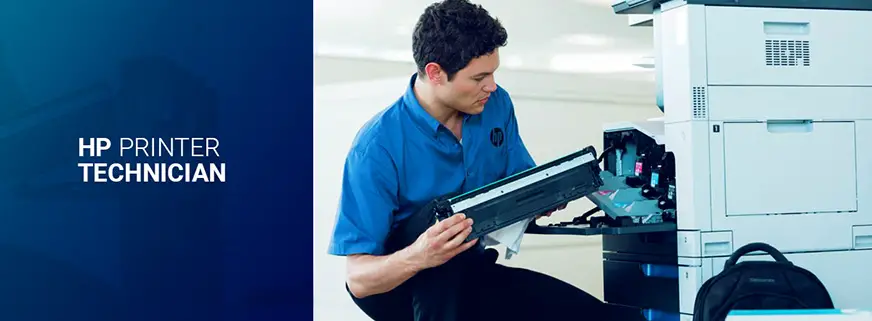Nowadays there are so many types of printers on the market, it is difficult to understand what each one does.
Although many printers share similar features, they are small differences in technology that make all the difference in your pocket.
For this reason it is important to know what type of printer is ideal for your business, and thus save on investment, and also in the long run.
In this article we will see what types of printers are most used today, their functions, characteristics and the main differences between each type.
PRINTER TYPE # 1: LASER
Features: Laser printers are recommended for places where the volume of printing is high, so they are more common in companies, offices, educational institutions and even hospitals.
The higher the printing volume, the lower the printing cost.
This type of equipment has high quality and print speed.
Supply : Laser printers use toner. It is an extremely fine powder paint. When the toner is heated, it sticks to the paper, fixing the print on the sheet.
Technology: The printer uses laser technology to record the print internally, then the toner is “sprayed” on top of electrostatic charges and stick together instantly, forming the final print.
PRINTER TYPE # 2: LED
Features : They are very similar to laser printers, and have been gaining a lot of space in several segments, especially in markets that need color printing.
As with some laser printers, the cylinders are aligned horizontally, allowing the equipment to be able to work with papers of different weights, types and sizes.
For these reasons, they are used from graphics to medical examinations , such as x-rays, ultrasound, magnetic resonance and tomography.
Supply: Like laser printers, they use toners that are heated and stick to the paper.
The HP Printer Repair Technician should be well-versed with the functionality to explain the equipment operation better to the customer.
Technology: The LED is the part of the printer that will “engrave” the image on the cylinders so that printing starts. This LED is made up of micro LEDs that take up little space, which makes the size of the printers smaller.
Finally, the fusion heats the paper to fuse with the ink.






